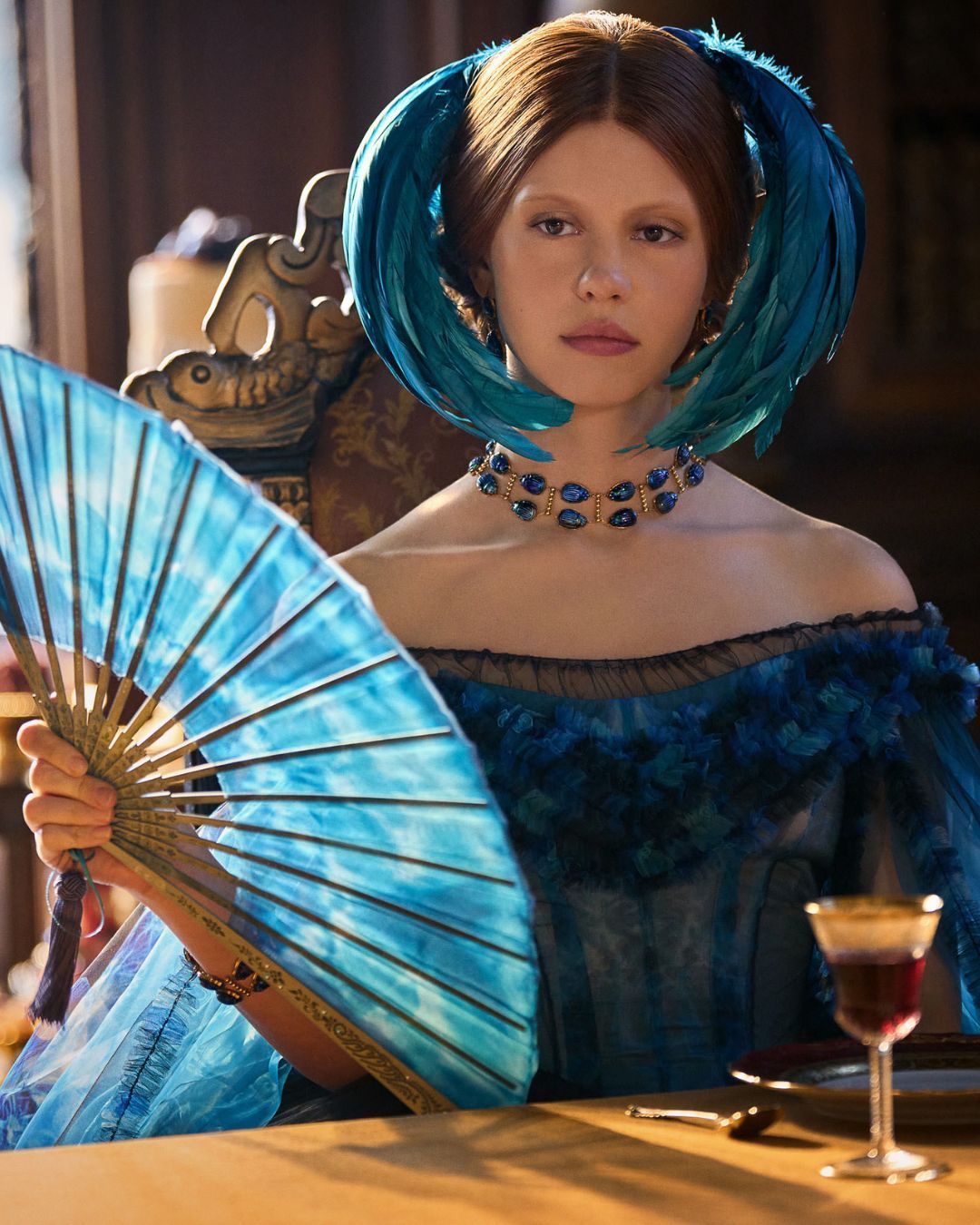
The hate-watching phenomenon towards Emily in Paris How the Netflix series has become the outlet for our negativity
Emily in Paris is the series that best represents the description of product placement in this decade, on par with Sex and the City in the 1990s, with which in fact it shares director and for the first two seasons, costume designer, but certainly not reputation. The series that follows the adventures of the American social media manager has scored an impressive number of watches on Netflix, but not because the audience particularly liked it, but because of the practice that has spread among those who hate Darren Starr's series, namely hate-watching, which consists of watching episodes just for the sake of criticizing them. So comments such as "every negative review I read about the third season of Emily in Paris only makes it more likely that I will watch it" multiply on social media as views grow. The trigger for this hatred of the series would be first and foremost the lack of credibility of Emily and the colorful $154,000 wardrobe, which despite the archival work of the series' new costume designer Marylin Fitoussi, continues to turn noses up because it looks too artificial and unorganic as one would say in marketing jargon. As Professor of Film Studies at King's College London Catherine Wheatley wrote in The Conversation, after all, "we are talking about a woman who wears a French beret and a blouse embroidered with little Eiffel towers for her first day on the job and candidly admits that she doesn't know the language. At best, it is embarrassing. At worst, she is a living embodiment of U.S. cultural imperialism."
Indeed, the series drew public hatred with the first season, where the reproduction of the French stereotype as seen through American eyes was palpable in the plot and horrified not only French speakers but the entire Netflix community. The eccentric outfits, designed by Patricia Field, former SATC costumier and proponent of Carrie Bradshaw's fame, were meant to characterize the characters, but the skewed point of view that pervades the series only amplified and mis-colored the different faces that populate the Parisian events. But despite the fact that hate-watching is widespread around the series, the phenomenon has existed for a long time. You can see it at every red carpet, where anyone allows themselves to judge and comment on the looks of celebrities on social, no matter if they are a vegan butcher or a fashion buyer. There is an almost perverse pleasure in taking pleasure in mocking with sarcasm and a hint of nastiness the absurdities of a TV series that one does not think is good in terms of content and therefore not up to one's tastes and standards. This is the secret of hate-watching, a form of ritual that moves from the solitary plane to the collective sphere thanks to social with which to define one's own identity by annihilating someone else's. Thus Emily Cooper, her rambunctious adventures, over-the-top lifestyle, and overly-loaded wardrobe with 145,000-euro-a-year details lends itself perfectly to channeling the negative energy that the public accumulates every day, becoming a virtual release valve to release some tension, and distance themselves from caricatured outfit choices.
Hating Emily in Paris is a hobby that hurts no one; it is at best an extremely entertaining waste of time when shared, as well as a habit that has become cool. By now, deviating from the aesthetic choices of the series, saving only Sylvie's and in some exceptions Camille's stylish outfits, seems to be the only way to determine one's fashion tastes, pointing out on social how it is impossible for Emily Cooper's costumes to be designed by a team but still remain so ringarde (or kitschy for those who have never seen the series). There are a lot of users involved in this conversation, which is good for the TV series, because as Graham wrote in his theory of disagreement in 2008, "When a topic is discussed and everyone agrees, the conversation often dies down quickly. But when you disagree, you stand in opposition to what has been said and the discussion continues." In summary, for Emily in Paris, whether it is talked about or not is enough for the moment as the streaming of the series, and thus the earnings and cachet of the actors who star in it, grow exponentially.
























































